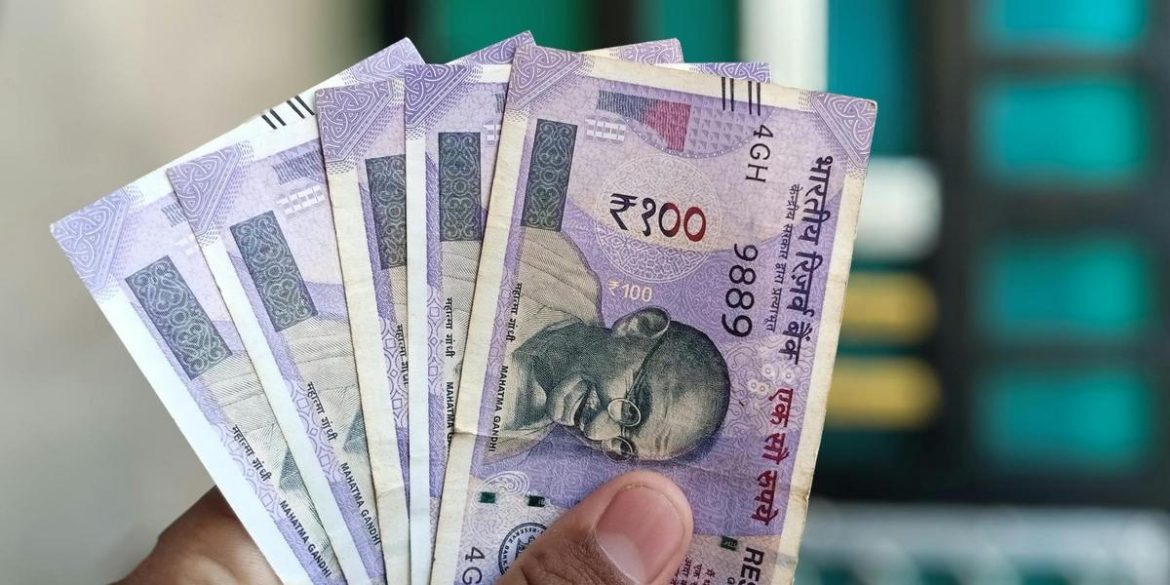India’s Lower Middle Class Embraces Financial Optimism Amid Rising Incomes
A new survey reveals that India’s lower middle class is increasingly optimistic about achieving financial stability and personal goals within the next five years, driven by higher household incomes and digital adoption. According to the third edition of the Home Credit India survey, The Great Indian Wallet 2025, 73% of respondents expressed confidence in managing their finances more effectively, despite inflationary pressures.
Survey Scope and Key Demographics
Conducted between February and April 2025, the survey sampled 3,000 individuals aged 18 to 55 across 17 urban and semi-urban locations including Delhi NCR, Mumbai, Chennai, Tier-II cities, and more. The respondents represented households with monthly incomes ranging from ₹25,000 to ₹45,000 — a group that constitutes nearly two-thirds of India’s population by income band.
“This year’s findings reveal something extraordinary: despite economic headwinds, India’s lower middle class is more optimistic, more digital, and more determined than ever before,” said Ashish Tiwari, Chief Marketing Officer of Home Credit India.
What the Financial Well-Being Index Reveals
The survey’s Financial Well-Being Index, launched to gauge consumer confidence in different financial dimensions, scored particularly high in “future expectations” at 59. This metric suggests that inflation and rising expenses have not dented the long-term financial ambitions of this demographic.
The proportion of households reporting increased income rose to 57%, up from 52% the previous year. However, saving discipline has weakened, with only half of the respondents managing to save money, down from 60% last year. Alarmingly, 12% admitted to borrowing just to meet basic needs — a sign of continued economic fragility.
Balancing Incomes and Expenses
On average, lower middle class households report a monthly income of ₹33,000, spending nearly ₹20,000 on essentials. Regional contrasts are also significant: metro residents show higher income averages at ₹36,000 but also spend more — ₹23,000 monthly — while Tier-II city dwellers earn around ₹30,000, spending ₹17,000 on basic needs.
The burden of financial management is increasingly being shared. Men contribute 74% to household expenses, while Gen Z members play a rising role with 61% of them contributing financially.
Education and Groceries Dominate Household Budgets
In terms of expenditure breakdown, groceries continue to consume the largest chunk (29%), rising 12 percentage points from the previous year. Education has seen a dramatic rise as well — a 34% increase in spending places it at 19% of monthly budgets. Generation X respondents are the biggest spenders on education, allocating 22% of their budgets to it. This shift underscores a long-term investment strategy by families intent on securing better futures for their children.
Lifestyle Shifts Reflect Practical Aspirations
Indian households are sharply pivoting from material consumption to value-driven experiences. Short local travel has emerged as a leading form of discretionary spending, with 31% of families taking leisure trips at least once a month — half of them led by Gen Z participants. Although fashion-related purchases remain common (39%), the share has dropped 20 percentage points, suggesting a practical, needs-first approach to consumption. Newer discretionary categories like fitness memberships (7%) and OTT subscriptions (6%) point to a greater focus on wellness and entertainment at home.
Digital Tools Drive Financial Planning — But Risks Remain
Technology has become fundamental to personal finance management in this economic group. Around 63% of respondents credited apps and online platforms with helping them plan better financially. Online retail now accounts for 51% of purchase volume, up 9 percentage points from the previous year. Moreover, 50% of consumers now favor digital loan processes, equaling offline adoption. Unified Payments Interface (UPI) remains a cornerstone, with 80% using it regularly.
However, digital optimism comes with risks. Despite increasing awareness of online scams, many users continue to store sensitive financial data on mobile phones, and some have already experienced monetary losses. This underscores the urgent need for enhanced digital financial literacy and protective measures.
Affordable Credit as a Pathway to Success
Nearly 28% of respondents identify affordable credit as a key enabler of life goals such as business ownership, home purchase, and children’s education. Two-thirds believe that access to fair and timely loans can help them fast-track these aspirations. However, concerns persist — 18% worry about soaring education costs, while 15% are anxious due to insufficient emergency savings.
Notably, 58% are actively seeking financial advice. This trend is especially prominent among women, many of whom associate improved job opportunities with enhanced family welfare.
Looking Ahead: Quiet Confidence in a Turbulent Economy
The findings from The Great Indian Wallet 2025 paint a portrait of a demographic that, while still vulnerable, is demonstrating resilience, adaptability, and intent. From rethinking discretionary spending to embracing financial technologies and prioritizing education, India’s lower middle class is quietly rewriting the script of personal upliftment.
Despite the hurdles, optimism persists — a sentiment that may hold the key to India’s broader economic transformation through inclusive growth and digital empowerment.

